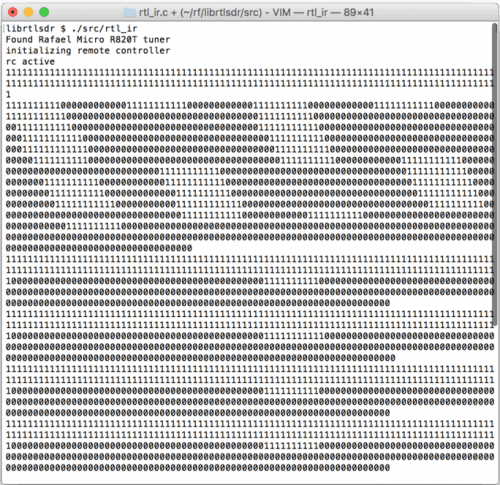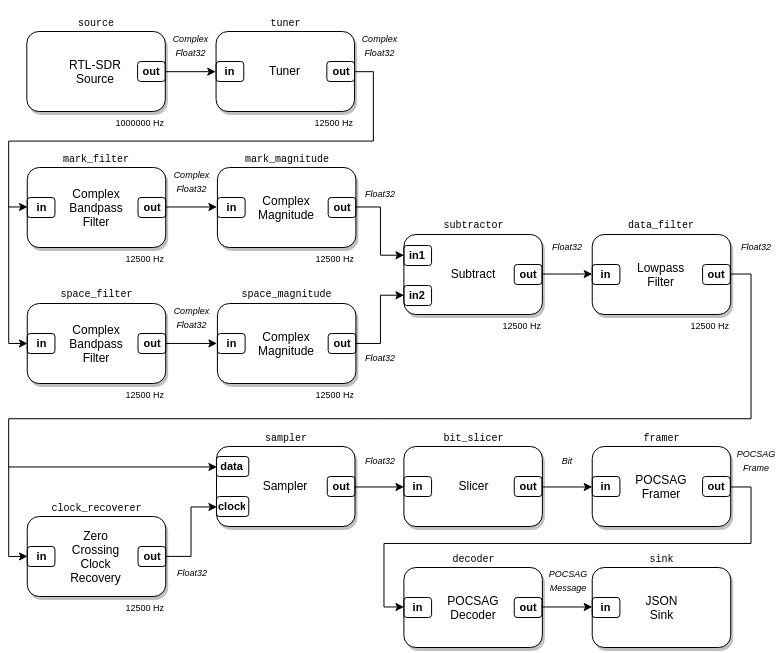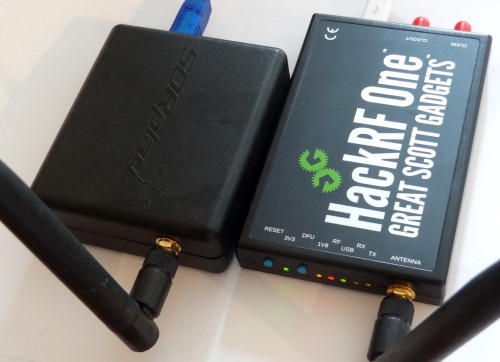Making use of the Infrared LED on RTL-SDR Dongles
The infrared (IR) LED on most RTL-SDR dongles is a vestigial from the days when it was actually used for its original purpose as an DVB-T HDTV receiver. It was used to read a remote control that allowed you to change TV channels. For SDR use, the IR has little to no purpose and in many new dongles that come in metal cases (like ours) the IR LED is no longer even included on the PCB.
However, not one to waste a perfectly good interface, RTL-SDR experimenter R. X Seger created a new tool called rtl_ir which allows users to read IR data from any remote control with the RTL-SDR IR LED. Seger tested his program with the TV remote that comes included with some RTL-SDR dongles and was able to decode the scancode for power on/off as well as all the other buttons. He also tested an Apple and Siri Remote, and found that he was able to decode their scancodes too.
R. X Segers post goes over in detail what the IR spectrum is, how the IR driver works, and how to use the rtl_ir program and run it simultaneously with other RTL-SDR programs. He also shows an example on how it can be used to remotely power off a Raspberry Pi.





